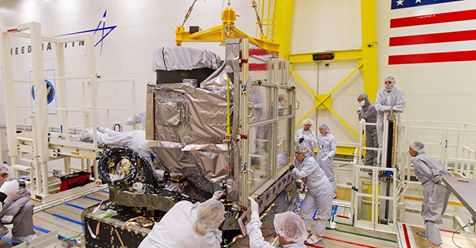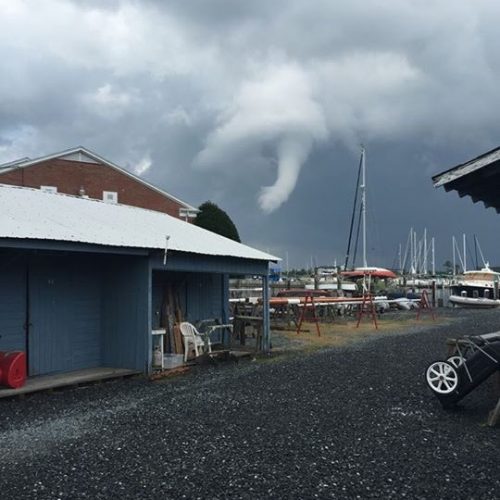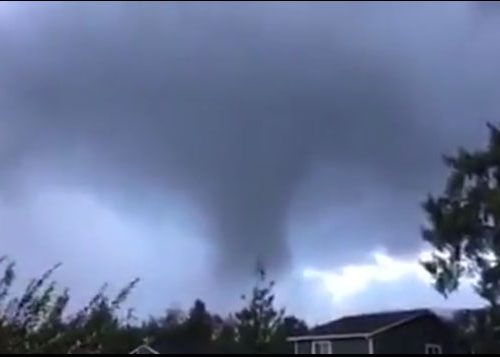The National Oceanic and Atmospheric Administration (NOAA) has announced that its next-generation weather satellite GOES-17 is still not functioning properly, although engineers have made some progress toward restoring performance.
GOES-17 was launched in March and forms a key part of an $11 billion project to revolutionize American weather and environmental forecasting abilities, along with another satellite, GOES-16 (which is already in orbit), and two yet to be launched satellites.
But before its official operations had even begun, GOES-17 suffered a serious malfunction in its primary instrument, the Advanced Baseline Imager (ABI), which is designed to collect data on Earth’s weather, climate and environment by taking images at different wavelengths, including the visible spectrum.
In May, a team of NOAA, NASA and industry officials revealed that the problem lay with the cooling system for the ABI’s precision infrared sensors. For these to function properly, they have to be actively cooled to around minus 350 degrees F.
But the system is currently not able to produce that temperature all the time, meaning its monitoring capabilities are reduced, although not entirely disabled.
Pam Sullivan, GOES-R program director, told reporters in a teleconference Tuesday that the problem has been traced to a loop heat pipe that forms part of this cooling system. The cause of the fault is still unknown, with Sullivan suggesting three possible causes: mechanical damage to the pipe, issues with the coolant gas inside it or a foreign object.
The pipe was made by aerospace company Northrop Grumann, and officials are now working with the company to investigate the issue further and see whether it can be fixed, a process that could take up to three months, Sullivan said.
While the exact cause hasn’t been established, engineers have been able to improve performance slightly. Currently, 13 of the instrument’s 16 channels are available 24 hours a day, while the other three can operate at least 20 hours a day.
“There’s no doubt that the problems we are experiencing with the cooling system are disappointing and not what we expected of GOES-17 when we launched,” Steve Volz, director of the NOAA’s Satellite and Information Service, told reporters. “But we are committed to getting this right, and we will figure out what happened on [GOES-17] so it doesn’t happen with our other GOES satellites.”
Replacing older weather satellites with new versions, like GOES-17, in good time is crucial to making sure there are never gaps in global coverage.
Among the duties of the GOES satellites are the tracking of atmospheric events, such as hurricanes and lightning strikes; ground-based phenomena, like volcanic eruptions and wildfires; and space weather events, like solar flares.
GOES-16 is currently monitoring the Atlantic and the East Coast and has already proved its worth with its unprecedented images of hurricanes Harvey, Irma and Maria. GOES-17, meanwhile, is set to provide coverage for the Pacific and western United States.
Officials were keen to stress that problems with GOES-17—which is in orbit 22,000 miles above the Earth—are not currently affecting weather forecasting abilities because three other GOES satellites are in operation and functioning effectively.
“Right now, we have an operational constellation serving us, and we’re able to carry out the mission today without any degradation,” said Joe Pica, director of the National Weather Service’s Office of Observations. He added that he was confident the team would come up with a solution.
The NOAA is still planning to put GOES-17 into operation later this year. But if the fault is not identified, there is a possibility that the launch dates for future GOES satellites could be delayed.
by Aristos Georgiou (2018, July 26) Newsweek




